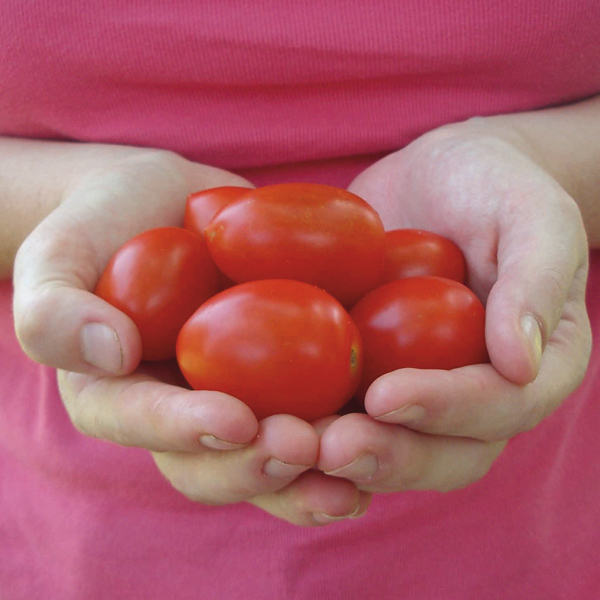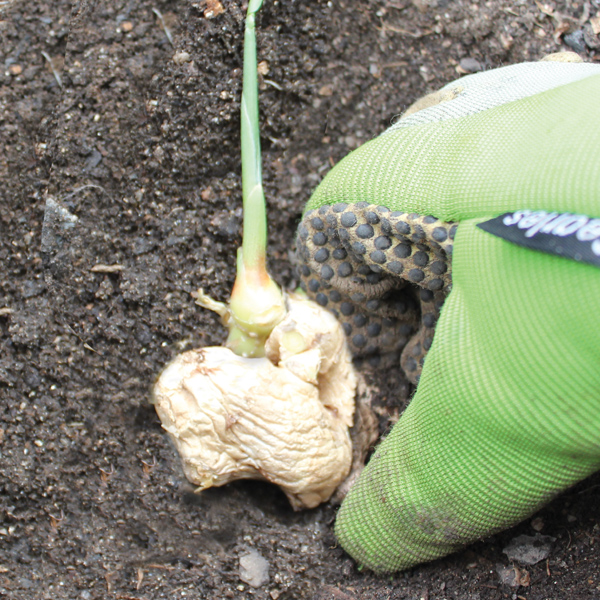9 best vegetables to plant for summer harvest
|
|
|
Most Australians love the sun and longer daylight hours of summer to play outdoors. The vegetables in this list are no different. Many of which will only grow their best in the warmer months. Let's take a look at some summer lovers.
1. Sweet CornDon't you just love eating fresh sweet corn straight from the garden? Corn grows fast and large and demands plenty of food and water to sustain its rapid development, so you'll need to dig in heaps of organic fertiliser. Corn needs to be grown in a position that gets full sun yet is sheltered from the wind. Plant seedlings close together to ensure good pollination and guarantee a bumper crop. Corn takes about three to four months to grow and produce cobs that are ready for picking. Here's the trick to knowing when corn is ready to pick - wait for the tassels on the end of the cobs to turn almost black, give the cob a quick twist, and it will come straight off the plant.
2. CapsicumCapsicum love warm weather to activate fruiting. They can handle sunny spots in the veggie patch or grown in pots. Capsicums can receive sunburn, so protect them from the hottest days of summer with the shade cloth or move them to part shade if in pots. Harvest them young before insects sting their fruit, especially fruit flies. To protect them from fruit flies, use Searles Fruit Fly Traps to kill the males before they can breed. Powdery mildew and spotted wilt are two other ailments you need to monitor.
3. TomatoesTomatoes are a summer favourite. Choose your favourite variety to grow and harvest all summer long. Tomatoes can be susceptible to many ailments, such as the fungal problem target blight and insects like fruit fly, aphids, caterpillars and mites. Monitor regularly and act early to prevent severe outbreaks. It is very important to water tomatoes on a periodic basis. Inconsistent watering will promote blossom end rot. Tomatoes are hungry feeders. Liquid fertilise every two weeks with Flourish Tomato & Vegetable Soluble Plant Food. 4. Warm weather herbsThese herbs love warm days and will provide an abundance of fresh new growth for a tasty summer harvest. Basil, purple basil, chives, chilli, mint, lemongrass and coriander enjoy warmer weather. Water twice weekly during this period.
5. PumpkinPumpkins are so satisfying to grow for both adults and children alike. Give pumpkins room to ramble, but if room is tight they can be pruned lightly to fit your space. They are great garden fillers, but are not suitable for growing in pots. Pumpkins grow rapidly and developing pumpkins need to be protected with a layer of mulch below them. Fungal diseases, such as powdery mildew and rust can plague them. Control these problems with Searles Wettable Sulphur early. Harvest when the vine leaves die back and have turned brown. Cut pumpkins off the vine with at least a few inches of stalk remaining on the pumpkin to prevent air and water from entering the pumpkin and rotting the inside. This will prolong the storage life of your pumpkins, which can last for months in a cool, dry and dark shelf.
6. CucumberCucumbers are easy to grow and love the warm soil spring and summer bring. Give them room to spread or train their vines up a trellis if space is an issue. Supply plenty of water to the growing plant until fruit start forming and then reduce the watering to a moderate level to keep the roots moist. Mulching is important to keep cucumbers’ shallow roots from drying out and developing fruit from spoiling. Cucumbers are susceptible to mildew. Reduce the risk of the outbreak with a fortnightly application of SeaMax Organic Fertiliser Liquid. Control severe outbreaks with Searles Mancozeb Plus. Harvest cucumbers when young while at their sweetest.
7. Summer squashSummer squash, as the name implies, grows well in the warmer months of the year. Squash is one of the few vegetables suitable for growing in large pots. Choose a pot 50cm diameter or larger. Keep soil moist and mulch to protect their shallow roots. Pick when young for optimum taste and to encourage continual fruit production. Like other cucurbits, squash are susceptible to powdery mildew. Control this with Mancozeb Plus.
8. GingerTechnically, ginger is a spice and not a vegetable, but growing ginger is fun, easy and their foliage adds a touch of the tropics to the garden. Ginger flourishes in a tropical, humid climate, growing vigorously in rich well composted and free draining soil. To enrich existing soil, mix in 5 IN 1 Organic Fertiliser and part sand for free drainage. For southern states, ginger can be grown indoors. This herbaceous perennial will die down in autumn, which is a great time to harvest some of their roots. Leave the remaining roots in the ground for future harvesting. Their roots grow energetically during the year. To keep ginger growing productively, scoop up roots, divide into smaller pieces and replant in spring. Keep ginger plants moist.
9. EggplantEggplants are heat seekers but do not like the humidity. Plant them in an area where they will be protected against strong wind and sunburn and receive substantial ventilation. Humidity and soggy soil will lead to soil borne fungal problems. Eggplants love rich well, composted soil and mulch well to keep competing weeds at bay. Eggplant varieties vary in size, shape and colour when maturity is reached. Consult with the growers plant label for prime harvesting time.
Vegetables in potsWhen planting vegetables in pots always use a large pot to meet their rapid growing requirements. A 40cm diameter pot or larger is the general rule. Use a specially designed premium potting mix for vegetables and herbs, such as Searles Herb & Vegetable Potting Mix. This mix contains a 9 month fertiliser and excellent water holding properties for continued growth to produce quality yields.
MulchingEven though these vegetables love growing in the sun, mulching to protect their root system and to retain the moisture is still very important. |









